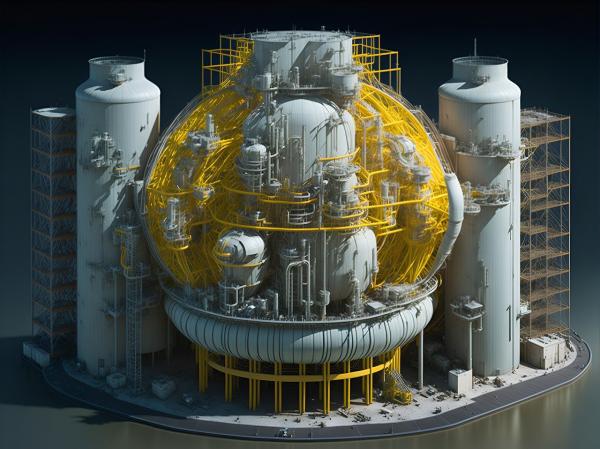You can find the original article and comments here.
Tritium dilution
There were some comments on the dilution into the Pacific Ocean – specifically that it will take some time for the radioactivity to diffuse into the entire ocean and that, until that happens, there might be locally high concentrations of tritium in the water. This is true – with a few caveats.
One caveat is that Japan won’t be dumping all of the water into the ocean at once – they’ll be releasing it over many years, so the amount of tritium released at any one time will be fairly low. That means there will be lower tritium concentrations at the point of release, and the tritiated water will have a chance to mix into the ocean as it’s released. In addition, Japan is also planning pre-dilution – mixing the tritiated water with seawater – before it’s released into the sea so that the discharged water will already be at or below our regulatory safety limits. Finally, the water will be piped to a release point off the coast of Fukushima to keep it from accumulating near the shore.
Other radionuclides
There was some discussion regarding the presence of other radionuclides in the discharged water – specifically, Cs-137 and Sr-90. The person with this concern pointed out that these are more radio-toxic than tritium and are both produced by nuclear fission. While these points are accurate, they don’t account for the fact that the water has already been treated to remove everything except for the tritium – the reason the tritium can’t be removed is that it’s radioactive hydrogen, which becomes part of the regular water molecules. So, while other radionuclides (particularly Cs-137 and Sr-90) are a concern after a reactor accident, they’ve been removed from the water to be discharged and are not a concern in this case.
Types of reactors
There also seemed to be some confusion about the type of reactor present at the Fukushima site, with a bit of discussion about CANDU (Canadian Deuterium) reactors, introduced by a commenter who was drawing upon past experience working on and performing environmental sampling for these plants, which was misunderstood by another. The thing is, Japan doesn’t operate any CANDU reactors – the Fukushima reactor plants were all pressurized water reactors.
This piece generated some good discussion and comments! It’s nice to see that the original article has held up well and that the IAEA has studied and signed off on the plan; nice, too, to see that the Japanese are taking even more precautions by pre-diluting the water to be released and by releasing the water over many years. Given all of this, it seems that, while concerns about the release are understandable, there’s no need to worry.




